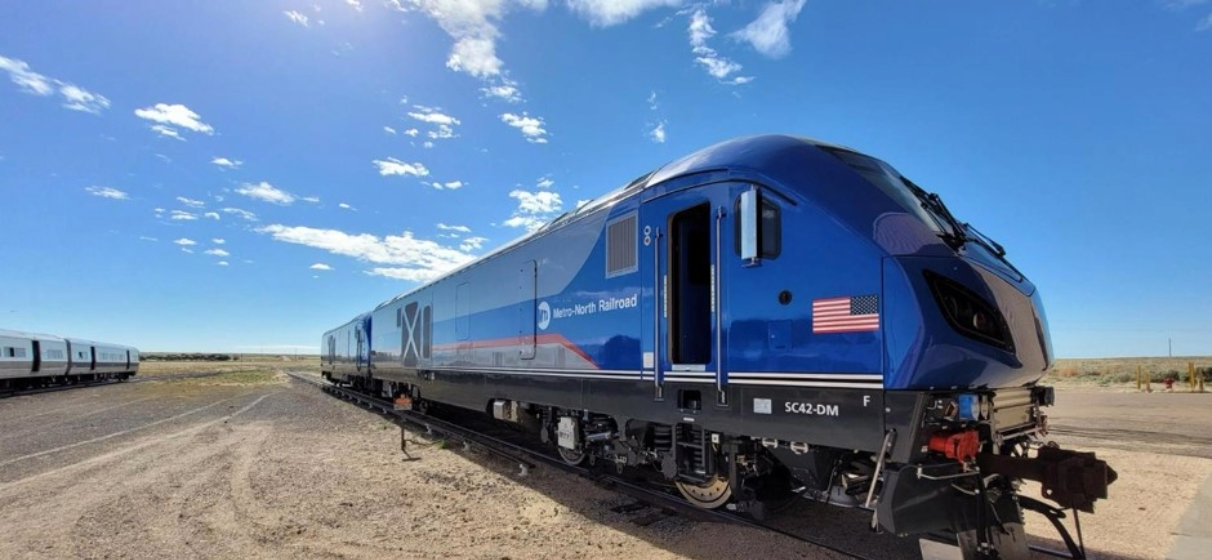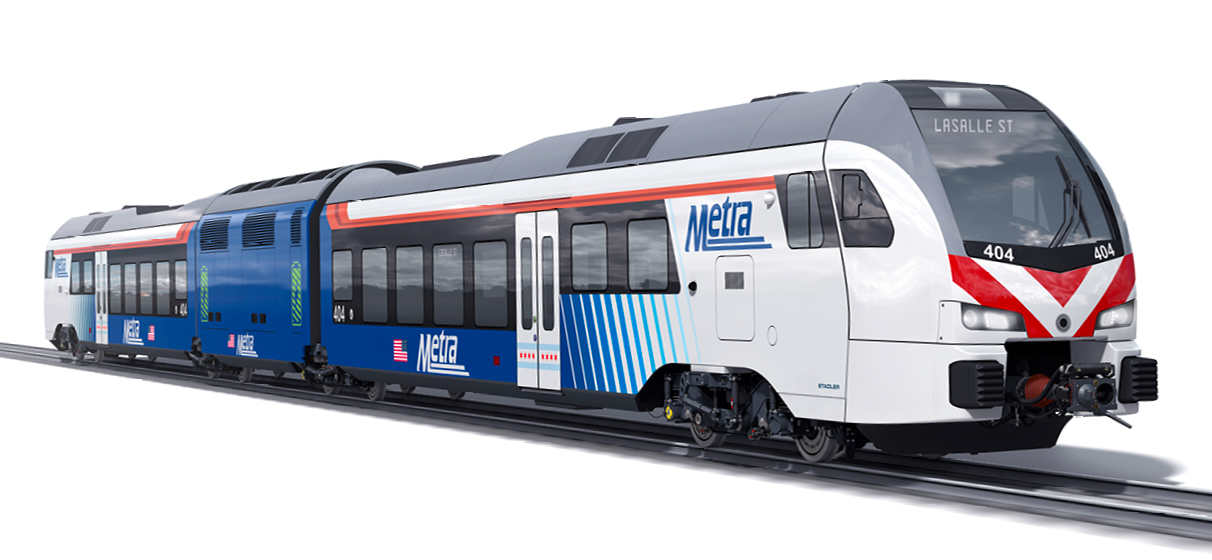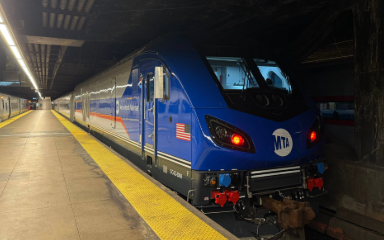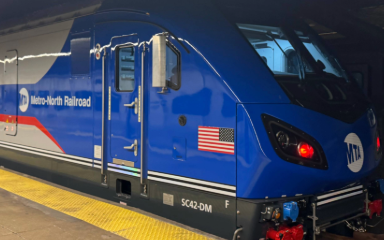The U.S. passenger rail industry is entering a pivotal moment in its transition to cleaner, more flexible propulsion technologies. Agencies across the country are pursuing strategies that reduce emissions while maintaining reliable service for riders, with dual-powered and battery-electric locomotives emerging as two of the most promising solutions.
Recent announcements from Metro-North Railroad underscore this shift. The agency has introduced a new fleet of dual-powered locomotives, capable of operating seamlessly in both diesel and electric modes and is advancing its first battery-electric locomotives – each representing a significant step forward in meeting environmental goals while adapting to the operational realities of commuter rail service. Together, these efforts highlight the dual track the industry is pursuing: proven, versatile dual-power technology that bridges electrified and non-electrified networks, alongside next-generation battery systems that eliminate tailpipe emissions.
These advancements are especially meaningful at STV. The firm’s vehicles team has supported every dual-powered passenger locomotive procurement in North America and is currently partnering with clients like Metro-North and Chicago’s Metra to deliver early battery-electric programs.
We spoke with John Batey, PE, vice president of vehicle engineering at STV, to explore the opportunities, challenges and engineering innovations behind these technologies.
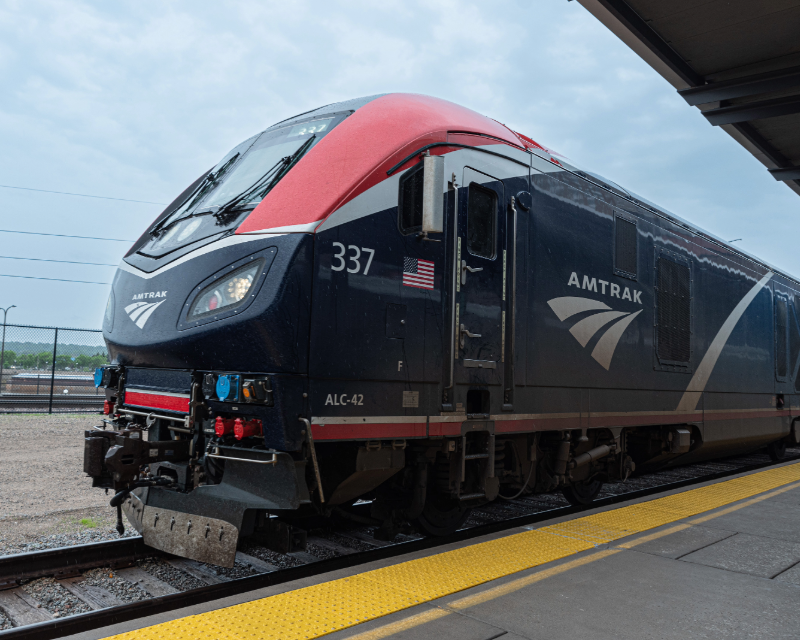
1. We’re seeing agencies invest in both dual-powered and battery-electric locomotives at the same time. Why are these two technologies so central to the industry’s future?
Both technologies address the same challenge from different angles: how to make rail service cleaner and more efficient without compromising reliability. Dual-powered locomotives operate seamlessly across electrified and non-electrified territory, which is crucial for partially electrified networks like Metro-North and NJ TRANSIT. Battery-electric locomotives, on the other hand, go a step further by eliminating vehicle emissions entirely. When viewed together, they represent a practical short- and medium-term solution, complemented by an ambitious long-term direction for the industry.
2. What advantages do dual-powered and battery-electric locomotives each bring to passengers and agencies?
For dual-powered locomotives, the immediate benefit is flexibility. By traversing electrified and non-electrified territories, passengers can get a one-seat ride into dense urban centers without transferring, and agencies don’t need to maintain separate fleets for different parts of their system. Battery-electric locomotives offer a new environmental benefit by running completely emission-free while reducing noise and improving air quality in communities around rail corridors. Both technologies allow agencies to modernize their fleets in ways that support operational goals while also delivering tangible improvements to the rider experience.
3. What are some unique engineering challenges in developing these locomotives?
One of the biggest challenges with dual-powered locomotives is packaging two complete propulsion systems – diesel and electric – within a single vehicle envelope that meets strict weight, clearance and performance requirements. For example, NJ TRANSIT’s ALP-45DP fleet had to accommodate dual diesel engines, transformers and overhead pantograph equipment without exceeding tunnel and bridge clearances. For battery-electric locomotives, the challenge lies in safely integrating high-voltage storage systems that can withstand the rigors of passenger rail operations while meeting stringent safety and reliability standards.
4. Where do you see battery-electric locomotives showing the most promise today?
Early programs like Metro-North’s battery-electric fleet and Metra’s all-battery trainsets demonstrate what’s possible. These vehicles are ideal for shorter corridors or hybrid routes where they can charge while running under catenary and operate independently in non-electrified territory. The ability to provide direct, emission-free access to major hubs like Penn Station is a game-changer. While ranges today are in the 30-50-mile range for certain trainsets, each program advances the technology and pushes the industry closer to broader deployment.
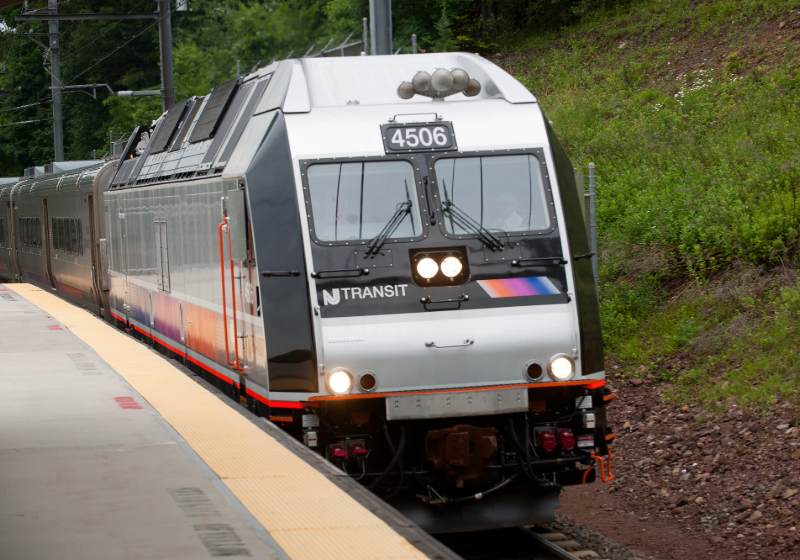
5. STV has worked on nearly every major dual-powered locomotive program in the U.S. How does that experience translate to today’s electrification efforts?
Our broad experience provides us with deep insight into the technical requirements and operational realities that agencies face. We’ve helped clients navigate everything from international joint procurements to EPA Tier IV compliance, while solving design challenges that balance performance, weight and safety. This legacy uniquely positions us to guide agencies as they make the leap into battery-electric and beyond.
6. Looking ahead, how do you see the industry balancing dual-powered and battery-electric technologies?
I see them as complementary for the foreseeable future. Dual-powered locomotives are a proven bridge technology – giving agencies flexibility and emissions reductions right now – while battery-electric solutions continue to mature. Over time, as ranges extend and infrastructure expands, battery-electric fleets will take on a larger share of service. The key is that agencies don’t have to choose one or the other today. With the proper planning, they can implement both to meet immediate needs while building toward a zero-emission future.
